I need a remake of The Future Is Wild

Like any college student, I spend a lot of time watching YouTube, so I’m well familiar with the clickbaity videos that litter my feed with titles like “Top 5 Cryptid Sightings Caught On Dashcam,” or “Top 7 Strongest Earthquakes EVER Seen On Tape.” Now I’m not sure what this says about my browsing habits, but no matter what I click from my recommended video sidebar, I always find these videos. It’s a sort of sick 21st-century twist on the whole “six degrees of separation” thing.
Seeing these videos is a clear indicator I’ve found myself on the murky, conspiracy-filled side of the platform—the same side that uses misinformation to drive AdSense revenue and has no idea what “cite your sources” means. Here, thumbnails are riddled with red circles and images that never appear in the actual video, which are compilations of home video footage that look like they came straight out of the Paleozoic.
However, if you spend the time to sift through the garbage, you’ll find the only kind of videos worth watching on this part of YouTube: old documentaries. Originally a 13-part British miniseries released in 2002, The Future is Wild was later cut down and adapted by the Discovery Channel for release in America, cast aside until someone uploaded a copy of the DVD to YouTube in late 2018.
This forgotten piece of media is special, and I just have to explain why I love this series. I couldn’t get enough of Aftermath: Population Zero when it premiered on the National Geographic Channel in 2008, and how it explored a world after humans and the natural consequences of our planet-wide absence. The Future Is Wild combines the thrill of an imagined future with the nostalgic CGI seen in Walking with Dinosaurs, speculating the many possible creatures that could evolve in the 200 million years after humans go extinct.
I was surprised by how much of a scientific stance the show took considering its fantastic premise and how most of the creatures, despite the goofy visual effects, were both creatively designed and realistically adapted to the environments of future Earth. According to IMDb, over 15 scientists were in some way involved with the creation of the show including evolutionary biologists, geologists, and paleoclimatologists.
My favorite animal dreamt up by the scientists behind the show has to be the ocean phantom, a 30-foot-long marine hydrozoan seemingly based on the Portuguese man o’ war. This imagined organism floats on top of the water and trails “hunting bells” below, preying on baby nudibranch-esque creatures called reef gliders. To defend itself against adult reef gliders that grow over 12 feet long (and are conveniently immune to the ocean phantom’s poison), the ocean phantoms have a symbiotic relationship with spindletroopers, sea spiders which defend the phantoms in exchange for food. To top it off, ocean phantoms theoretically are able to reproduce when storm waves break apart their bodies, allowing them to regenerate like starfish.
Not everything in this show is as water-tight as the ocean phantom. Animals like the spink and gannetwhale are highly evolved birds that would probably require way more time than the 5 million years of evolution allowed for them in the show. It took human ancestors about 4 million years to go from monkeys to slightly taller monkeys, so I doubt that quails could become burrowing eusocial organisms and gannets could evolve into marine mammal look-alikes in just 5 million years.
Even when the science is lacking, the entertainment factor holds strong. The juxtaposition of bad CGI creatures with the dramatic score is hilarious, and the names given to these future animals are just icing on the cake. Watch this clip of the bioluminescent, pack-hunting sharks of the future and tell me you aren’t holding back a laugh.
From the music and narration to the jerky attack animations, this single clip is better than any Netflix comedy special.
I demand a remake of this series. The last well-known work of speculative evolution was arguably James Cameron’s Avatar, which, now a decade old, is starting to show its age. New programs like CuriosityStream’s Amazing Dinoworld combine research with impressive CGI, both of which would benefit an adaptation of The Future Is Wild.
In the age of subscription television and ever-advancing visual effect techniques, why hasn’t this series been retooled in an effort to bring the magic of an imagined future to a new generation?

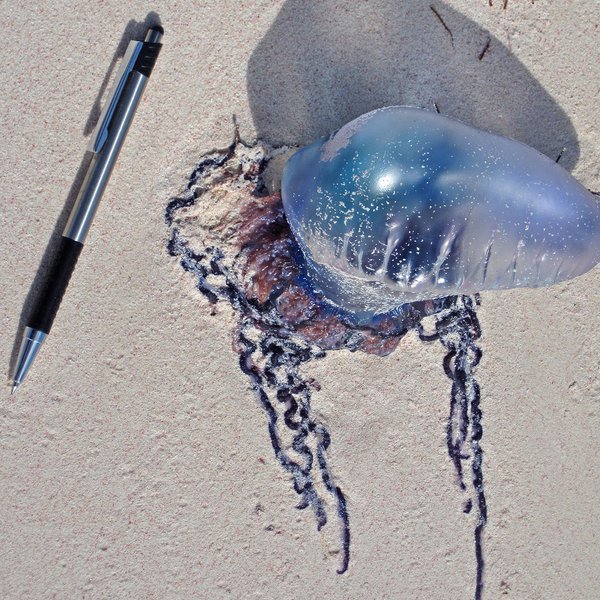
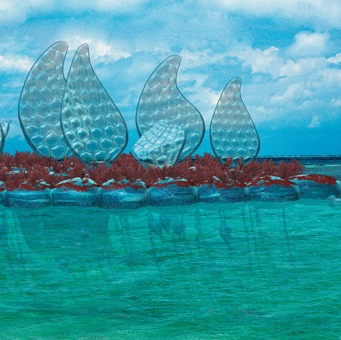
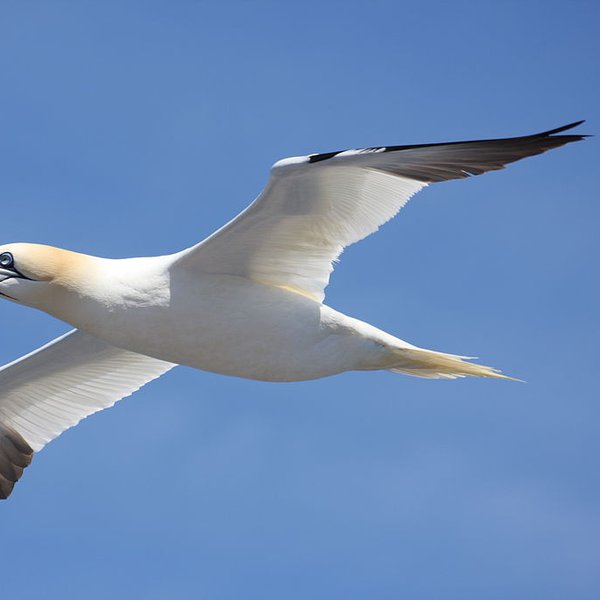
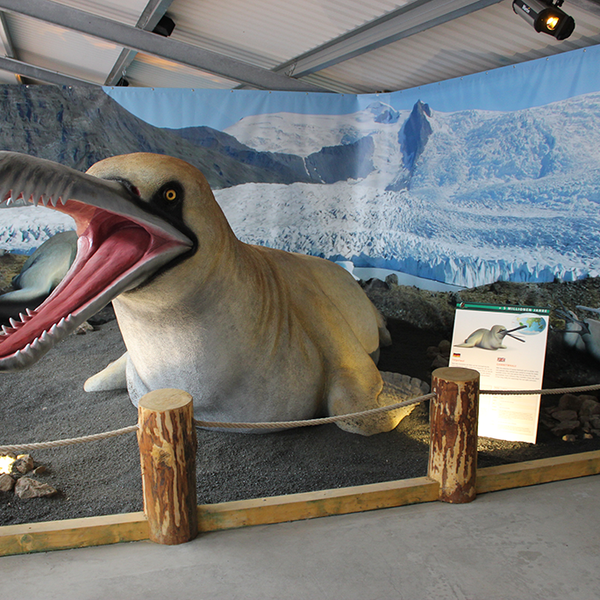
 Opinion
Opinion
 Greek Life
Greek Life
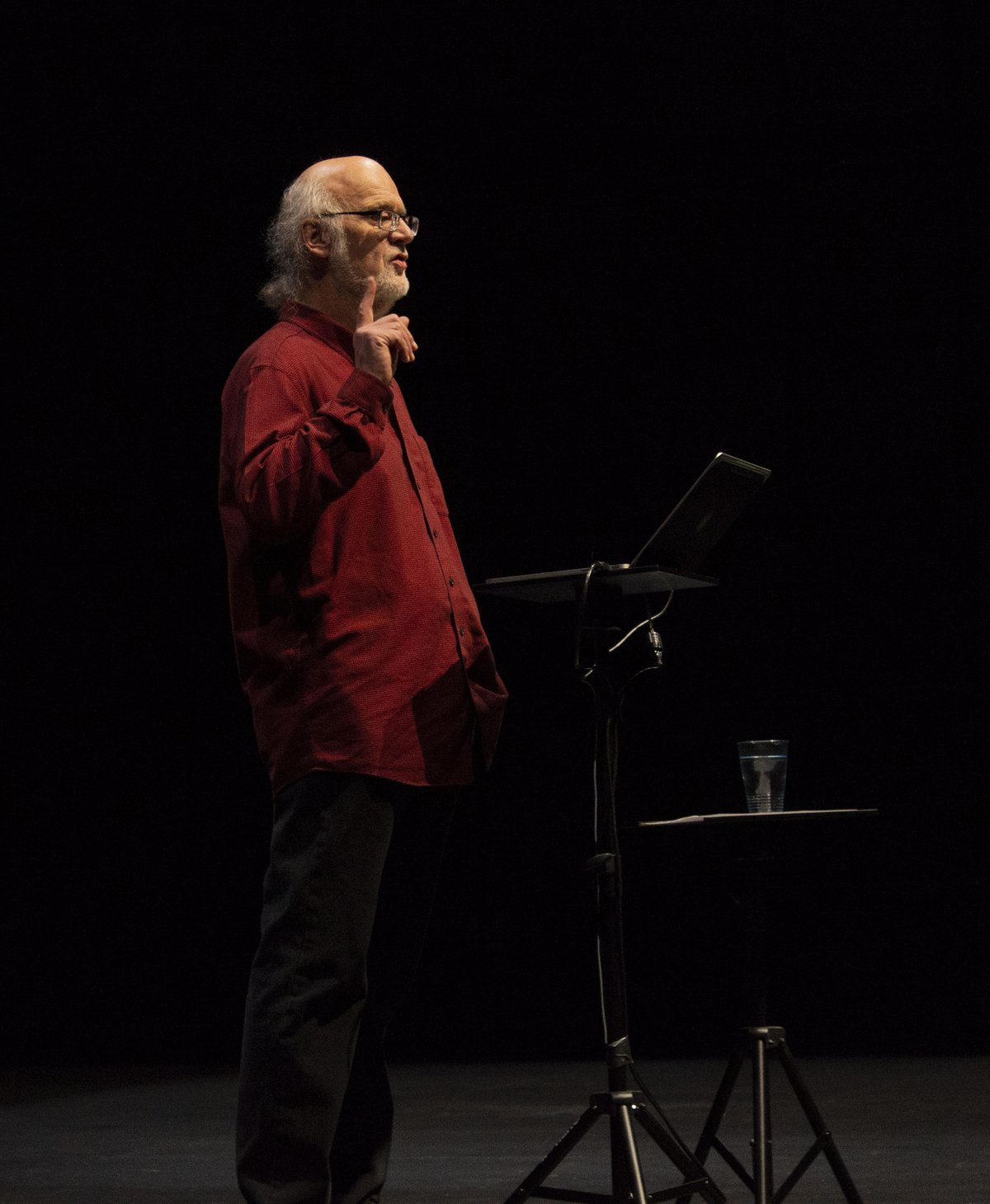 Empac Event
Empac Event